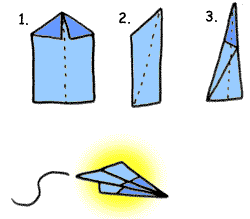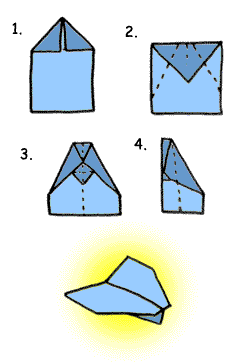
Document Design &
Usability Testing

|
....... |
English 549
Document Design &
|
|
University: College: Dept. Courses: When: Credit: Instructor: Office: |
Northern
Arizona University Arts and Letters English English 549: Document Design & Usability Testing / 9144 Spring 2022 3 hrs. John Rothfork BAA 324 (Babbitt Academic Annex; no physical office hours due to Covid-19) |
|
. Phone: Email: |
928.523.0559 john.rothfork@nau.edu |
| Homepage: Prerequisites: |
http://oak.ucc.nau.edu/jgr6 graduate status |
Professional Writing:
Undergraduate writing instruction in composition classes begins with writing for self-expression. We then learn academic writing that relies on
the process of citing scholarly material to support our academic
judgments & arguments. Professional writing is not writing for
self-expression. It is not narrative writing. It is not academic writing. It is
not creative writing.
Professional writing is mostly about offering help to readers in the workplace & in various professions or documenting workplace processes, activities, or events. It is also about helping SME (subject matter experts) colleagues write material for their colleagues in professional journal articles as well as writing to explain technical processes & ideas to nonprofessionals. In this class we concentrate on these objectives:
Objectives:
Even though we analyze texts, the emphasis in our course is on synthesis, on being able to produce effectively designed documents. Your posts in the course should reflect or illustrate this concern. They should illustrate document design principles, which include using headings, decimal outline, bold, & bullets. Your posts should not offer a solid block of text that you expect readers to read from beginning to end. Your writing should illustrate logical, not narrative, organization using the principle of division under logical or topical headings.
Texts 1. Charles Kostelnick & David D. Roberts. Designing Visual Language: Strategies for Professional Communicators. Allyn & Bacon. isbn 0-205-20022-2. Amazon. Required.
There are 2 editions of this old text. Either will do.
I apologize for using such an old text, but it is the only one I know that addresses a graduate student level of tech writing that is concerned with both theory & practice. More recent books on information design (such as Lipton's) address Website development focused on commercial or sales interest, rather than technical concerns.2. Ronnie Lipton. The Practical Guide to Information Design. Wiley. isbn 13-978-0-471-66295-2. Amazon. Required. 3. Robin Williams. The Non-Designer's Design Book. Amazon. There are 4 editions. Any are better than none. Not required.
![]() Course Lessons:
each lesson parallels chapters in Kostelnick's text & in Lipton's book.
Course Lessons:
each lesson parallels chapters in Kostelnick's text & in Lipton's book.
There is no single right way to develop complex documents. In recent years research & technical journals have shifted the work of editing "camera ready copy" to authors by developing fairly meticulous requirements for the document design involved in submitting manuscripts. There are also traditional expectations for business correspondence, proposals, resumes, manuals, & other such documents. There has also been a somewhat quick development in regard to expectations for business or professional Web sites, such as the expectation to find an "About Us" page. Instead of looking for a right answer, we hope to cultivate skill in regard to many document design concerns. This is done by reading the theory, working through a case or model, & then comparing our work with that of others.
Course Grades: A -- 90% of the points offered in assignments
B -- 80%
C -- 65%Submission Deadlines: A day or two late is acceptable with no explanation required. Watch the calendar. I will not accept material from lessons two units prior to the one we are studying. If the calendar says we are working on unit 5, I will accept late work from units 4 and 3, but not earlier. The grade for work submitted a week late can be reduced by 10%; two weeks late by 20%.
Discussion is only meaningful when we are involved in the activity being discussed. Please follow the calendar.
Incompletes can only be requested, if you have finished 60% or more of the course & experience some unforeseen crisis or difficulty.
